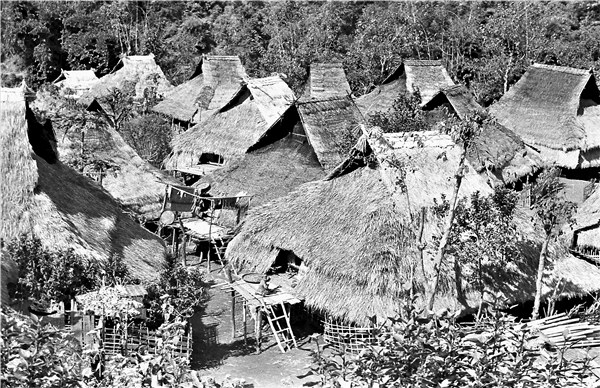

Path to modernization
When Zheng first started visiting Jinuo villages, they were extremely impoverished and remote.
"In the past, people could only walk to their villages. It took me two to three days hiking on the mountain to reach some of them. People's lives at that time are hard to imagine today. They had almost no belongings at home," says Zheng.
He lived like a local. They mostly ate half-cooked rice with some hot pepper. Only when there was a successful hunt was there meat.
Zheng's research of the Jinuo ethnic group was related to their modernization, and that confused him a lot at first.
"I remember one evening in the 1980s, when I sat on the balcony of a local's residence. There was no electricity. I watched the stars all over the sky, and the firelight from the fire pits in people's houses. Thinking about the status of these villages, I found it really difficult to imagine how the group could be modernized," recalls Zheng.
But changes do happen. At the end of the 1970s, with help from local government and other institutions, planting techniques for Wurfbainia villosa, better known locally as sharen, were introduced to the Jinuo Mountain, and people gradually mastered the skills.